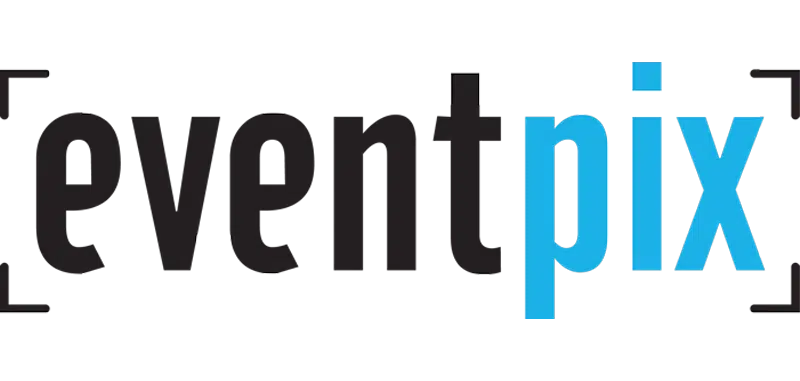About File Sizes
Digital cameras provide file sizes that are measured in pixels.
The file size from a professional camera with a full frame sensor is typically around 20MP (5600 x 3740 pixels) to 30MP (6709 x 4474 pixels) – this we call a camera file and the Raw uncompressed file size from that camera is 20 to 30 MB.
These cameras shoot what are called Raw files. JPEG files are processed from the Raw files – either in the camera or in post-production. Typically a JPEG file is around half the size of a Raw file at the same pixel dimensions.
We provide our clients with more manageable file sizes.
Small 1.5MP (1500 x 1000px) – this is all you need for social media
Small 2.5MP (1937 x 1292px) – suitable for printing to A4
Med 8.5MP (3600 x 2400px) – suitable for printing to A3
If requested we can also provide larger files – typically 12MP (4200 x 2800px) or 20Mp (5600 x 3740px)
But first an explanation of dpi
dpi (dots per inch) is simply a term that describes the resolution at which the files are used – the term in fact should be “pixels per inch”(ppi) because “dots per inch” actually refers to print quality i.e. the number of dots of ink per inch. When viewing on a screen (computer or TV) you are actually looking at pixels (not dots of ink).
So the higher the resolution (measured in ppi or dpi) the higher the quality of the image.
Let’s look at a file size of 3600 x 2400px
Professional photo labs using a wet process print at 300 dpi (ie high resolution) – so if you divide 3600 pixels by 300 you get a print that is 12 inches (30 cm) wide. Quality magazines are also printed at around 300 dpi.
Inkjet printers (like the one in your office or most print labs) print at 150 dpi (but even that can get confusing when manufacturers talk about a resolution of 2880 x 1440 dpi which is achieved by using multiple inkjet nozzles .
Newspapers are printed at around 120 dpi.
So once again doing the maths – divide 3600 by 150 and you get an image 24 inches (60 cm) wide.
Screen resolution is actually 72 ppi (not dpi) (ie low resolution) – now divide 3600 by 72 and your image will be 50 inches wide.
A true HD TV screen (or computer monitor) is 1920 x 1080px
So a photo file is just X pixels wide by Y pixels high. Then the software that they are viewed in or printed via will determine what dpi or ppi is used.
Even the simplest photo editing software programs will allow you to change the resolution of the files. It seems that most basic editing programs default to 72 ppi and this confuses many people who think they have the wrong file size. So all you have to do is change the resolution in the program to 150 ppi (or dpi) and you will see the correct finished print size.
And you will also note that High or Low resolution does not refer to the file size.
Why are these measurements in inches? Because the standard has been set by Americans.
We supply to our clients medium and small size files.
Medium files are at least 3600 x 2400 pixels and are compressed to 90% to give you a file size of around 2 MB.
So divide 3600 by 150 and you get a standard print size 24 x 16 inches (A2).
We also supply small files at 1500 x 1000 pixels compressed to 80% (file size around 500 Kb).
These files are designed for web use and usually have to be reduced even further in size for that. The typical large size on Facebook for example is 1280 pixels wide.
So now let’s take our small file (1500 x 1000px) and view that on a 72 ppi screen – the image will now be 20 inches wide.
We edit at full camera resolution and keep those files on file – so if you have any need of the files for large posters or a billboard, we can supply those files.

